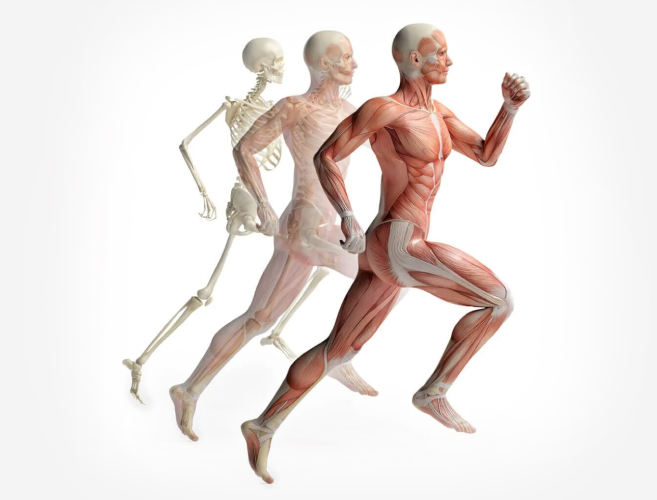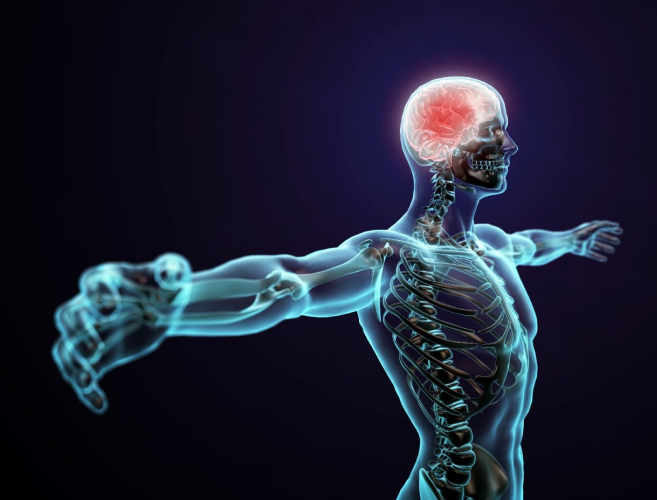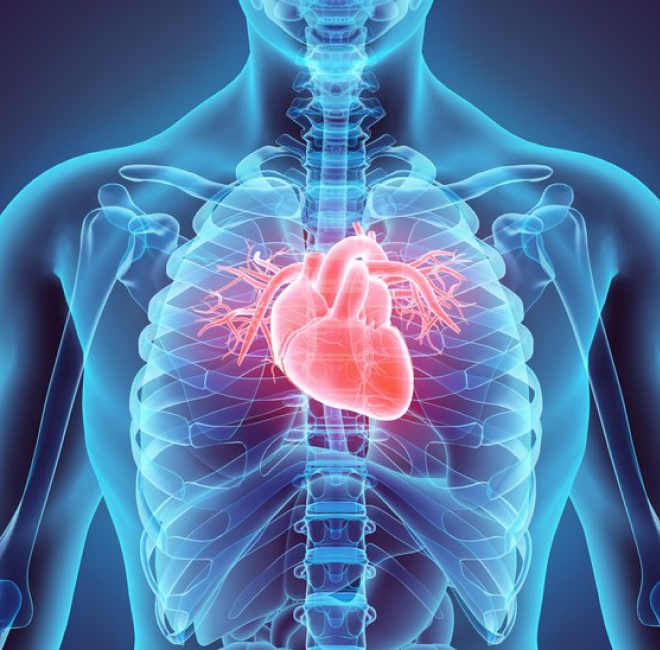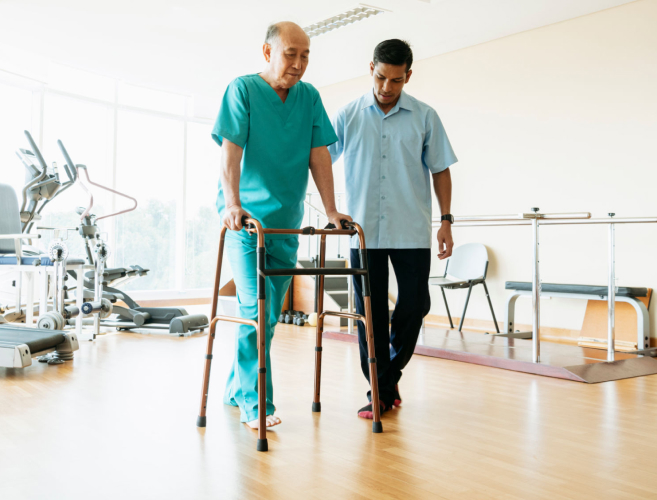


Physiotherapy and rehabilitation are interrelated fields that aim to aid individuals in their recovery from disease, accident, or handicap and enhance their health and well-being.
Physiotherapy aims to maximise movement and functional abilities during a person’s life. Through promotion, protection, treatment or intervention, habilitation, and rehabilitation, physiotherapy aims to find and improve people’s quality of life and their ability to move.
Rehabilitation, on the other hand, is a process that seeks to enable people with disabilities or health conditions to achieve optimal physical, mental, social, and vocational functioning. It includes all aspects of one’s mental, emotional, physical, and social health.
Physiotherapy and rehabilitation are closely related and complementary fields with a shared vision of enhancing human functioning and well-being. Physiotherapy is one of the core components of rehabilitation services that can help people with various health conditions or impairments recover their abilities or adapt to their limitations. It can also help people prevent or delay the onset or progression of health problems or disabilities.
Physiotherapy and rehabilitation can help anyone who has had an injury, or surgery or has a chronic condition that affects their physical function. These fields use scientific principles and evidence to help you improve your movement and function. They also address the physical, psychological, social, and environmental factors that affect our well-being.
Physiotherapy and Rehabilitation can offer you the following benefits:

They can help you by providing a personalised treatment strategy that meets your requirements and objectives.
Your plan may include:
Physiotherapy and rehabilitation can be applied to various conditions and situations that affect people’s health and well-being. Physiotherapists specialise in mobility and function and work with their patients and other health professionals to achieve their goals.
Rehabilitation specialists are experts in restoring optimal physical, psychological, and social functioning after an impairment or loss of ability. They can work in different settings, such as hospitals, clinics, community centres, schools, workplaces, or homes. They can also serve diverse populations, such as children, adults, the elderly, women, athletes, workers, or patients with terminal illnesses.
Some of the common areas of practice for physiotherapy and rehabilitation include:
Musculoskeletal issues refer to problems related to the bones, joints, muscles, tendons, ligaments, cartilage, and nerves that support the body’s structure and movement. Musculoskeletal conditions include arthritis, back pain, neck pain, sports injuries, fractures, sprains, strains, amputations, etc. Physiotherapy and rehabilitation can help people suffering from these conditions improve their mobility, strength, endurance, balance, coordination, or pain.
For instance, a patient with a fractured ankle may receive physiotherapy to reduce swelling, increase range of motion, strengthen muscles, and prevent stiffness. They may also receive rehabilitation to learn how to walk with crutches or a walker, perform daily activities safely and independently, and prevent complications or recurrences.


Neurological methods are used to treat problems related to the brain, spinal cord, nerves, and muscles that control the body’s sensation, movement, balance, coordination, speech, swallowing, and cognition. Some of the most common neurological conditions include stroke, brain injury, spinal cord injury, multiple sclerosis, Parkinson’s disease, cerebral palsy, etc. You can read our article on Understanding Neurodegenerative Diseases to obtain a comprehensive understanding of some neurological problems.
Physiotherapy and rehabilitation can play a significant role in improving function, mobility, balance, and coordination, or relieving pain for patients suffering from neurological conditions. For example, the doctor may suggest physiotherapy for a patient who has had a stroke to stimulate or inhibit the affected nerves or muscles, improve motor control, and prevent spasticity or contractures. Rehabilitation may also be suggested to relearn speaking, swallowing, using their affected limbs, performing daily activities, and coping with emotional or cognitive changes.
A person suffering from a heart or lung problem may find it hard to breathe, feel chest pain, get tired quickly, or have swollen legs or feet. These are signs that the heart, blood vessels, and lungs are not working well to provide the body with oxygen and minerals and to remove waste products.
Heart attack, heart failure, angina, high blood pressure, asthma, and COPD ( chronic obstructive pulmonary disease) are some of the common heart problems. Rehabilitation and physiotherapy can help them deal with these issues in a better manner and make them feel better.
Physiotherapy and rehabilitation can help by:


As people age, they face problems that affect their ability to move, balance, strength, stamina, flexibility, or quality of life. Some common issues related to old age are osteoporosis, falls, dementia, and incontinence. Physiotherapy and rehabilitation can help improve overall health and manage problems related to ageing.
They can assist us in:
Children can also face issues with their physical, mental, social, or emotional development. Some common problems are developmental delay, autism, cystic fibrosis, and spina bifida.
Physiotherapy and Rehabilitation can help your child overcome these problems and improve their skills and talents. Some of the benefits include:


Physiotherapy and rehabilitation can help with several problems commonly faced by women too such as urinary incontinence, pelvic organ prolapse, pelvic pain, dyspareunia (painful intercourse) and more.
Regular physiotherapy and rehabilitation can bring in significant improvement in function, mobility, strength, endurance, and flexibility, or relieve pain faced by women. Rehabilitation can address some of the underlying factors contributing to their discomfort, such as obesity, stress, or hormonal changes.
People suffering from cancer can benefit from physiotherapy and rehabilitation as well. Various techniques can help enhance their ability to function, move, strengthen, endure, or cope with discomfort.
For example, a patient with breast cancer may receive physiotherapy to prevent or treat lymphedema (abnormal accumulation in the lymph), restore shoulder range of motion and strength, and manage scar tissue or adhesions. They may also receive rehabilitation to cope with chemotherapy or radiotherapy adverse effects such as fatigue, nausea, or hair loss.
Palliative care involves treating problems related to terminal illness and end-of-life care that affect the body’s comfort, dignity, and psychosocial well-being. Physiotherapy and rehabilitation can help in the improvement of comfort, mobility, and breathing, or provide relief from pain for such patients.
For instance, patients with ALS (a neurological disorder affecting the nerve cells of the brain and spinal cord, that results in the loss of muscle control) may receive physiotherapy to maintain their respiratory function. They may also be provided with assistive devices or equipment and educated on positioning and pressure relief techniques. Rehabilitation can help with their emotional and spiritual needs, provide palliative care services, and facilitate communication and decision-making.
Let us now take a look at some of the widely used physiotherapy and rehabilitation techniques:
One of the most commonly used physiotherapy techniques, exercise therapy involves performing specific exercises to improve strength, flexibility, balance, coordination, and endurance. Exercise therapy can also help you prevent or manage various health problems such as diabetes, heart disease, osteoporosis, or obesity.
Manual therapy includes manipulating your joints or soft tissues with your hands. It can help ease pain, stiffness, swelling, and muscle spasms. Additionally, it can enhance blood flow, the draining of lymph fluid, or the way nerves work.
Aquatic therapy consists of exercises performed in the water. It can reduce the effects of gravity on your muscles and joints. It can also offer resistance, buoyancy, or hydrostatic pressure to aid with movement and function.
Vestibular Rehabilitation entails doing exercises to improve balance and coordination. It can help you cope with balance problems caused by inner ear diseases, head traumas, or ageing.
Rehabilitation for neurological conditions includes conducting exercises to enhance brain function. You can recover from a stroke, brain injury, spinal cord injury, Parkinson’s disease, multiple sclerosis, or other neurological diseases with neurological rehabilitation.
Physiotherapy and rehabilitation can provide many benefits and outcomes for people who suffer from various conditions that affect their health and well-being.
Physiotherapy and rehabilitation are scientific and humanistic fields that help people with health challenges or impairments to restore and enhance their movement and function.
They also address the physical, psychological, social, and environmental factors that affect human well-being.
Physiotherapy and rehabilitation have a diverse and rich history that reflects human cultures’ ingenuity and adaptability. They are also fields that keep developing and innovating to respond to society’s changing needs and expectations.

Sources:
Spread the love, follow us on our social media channels